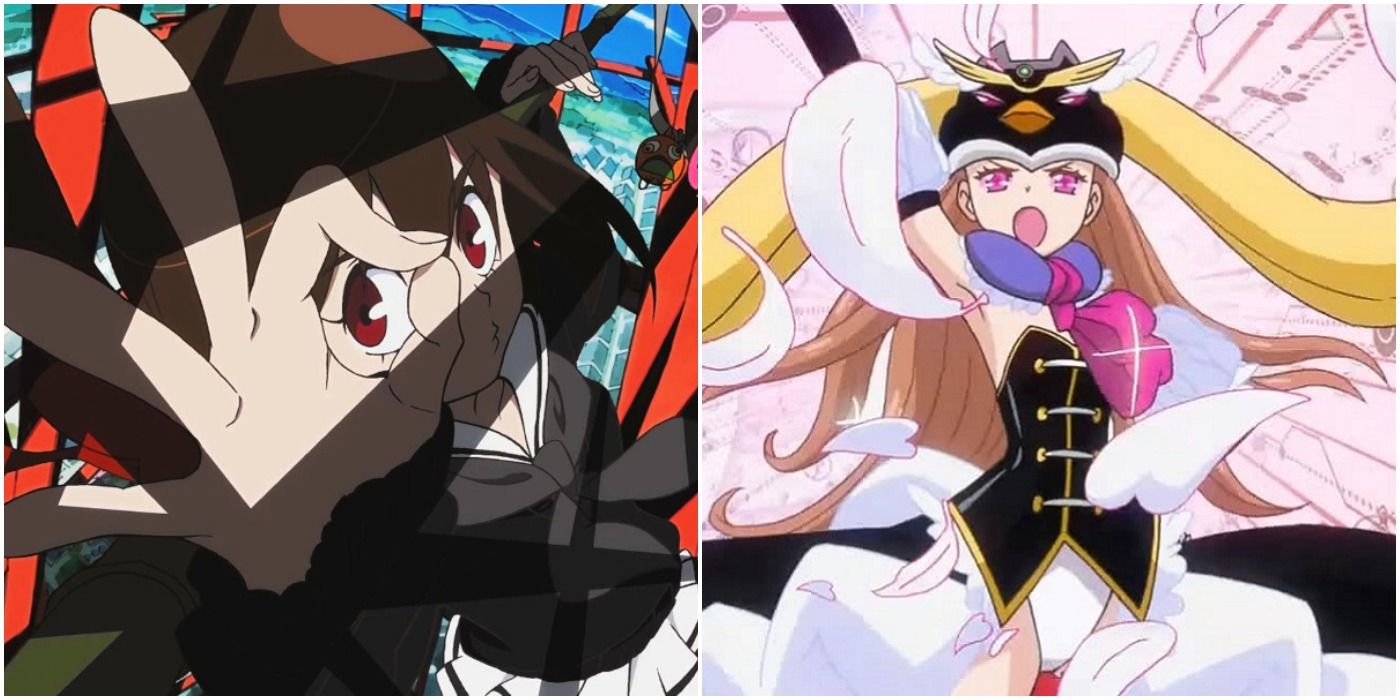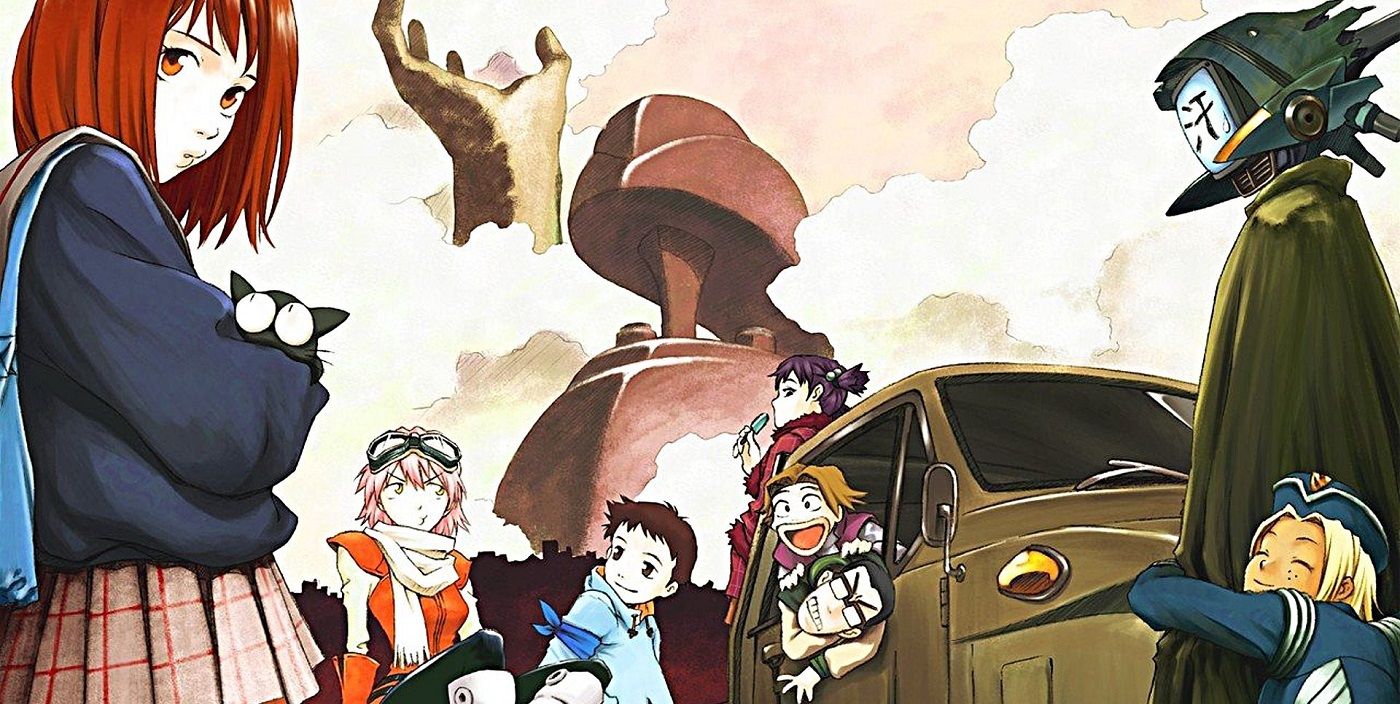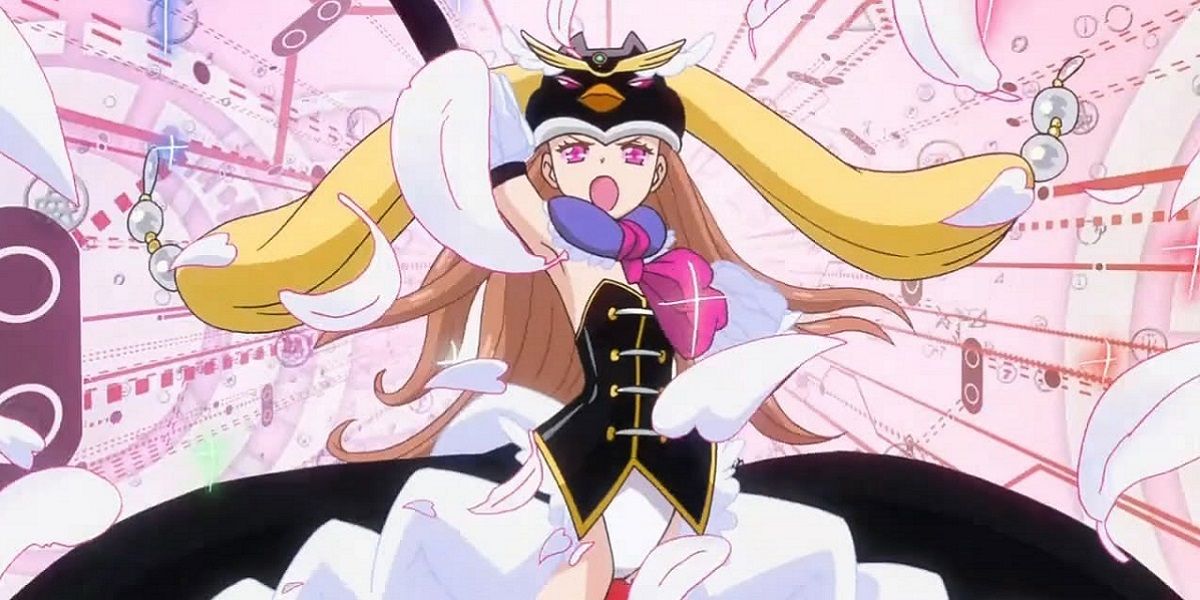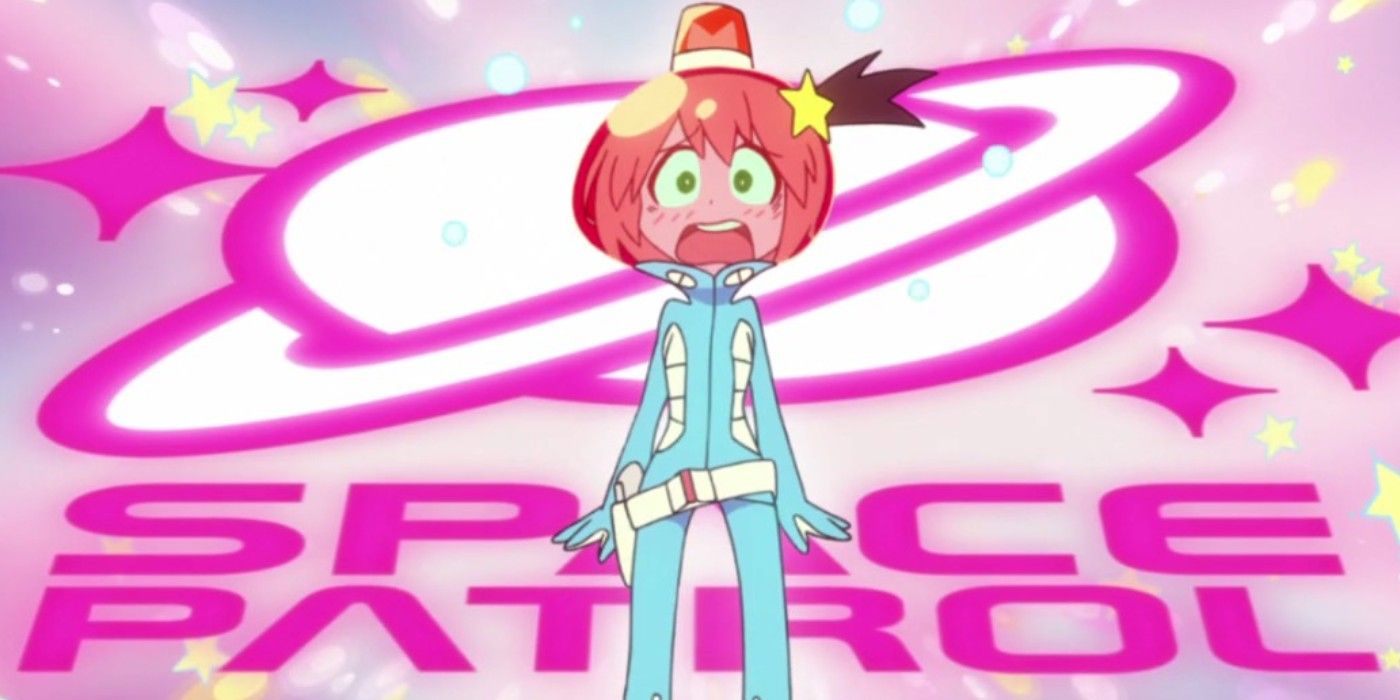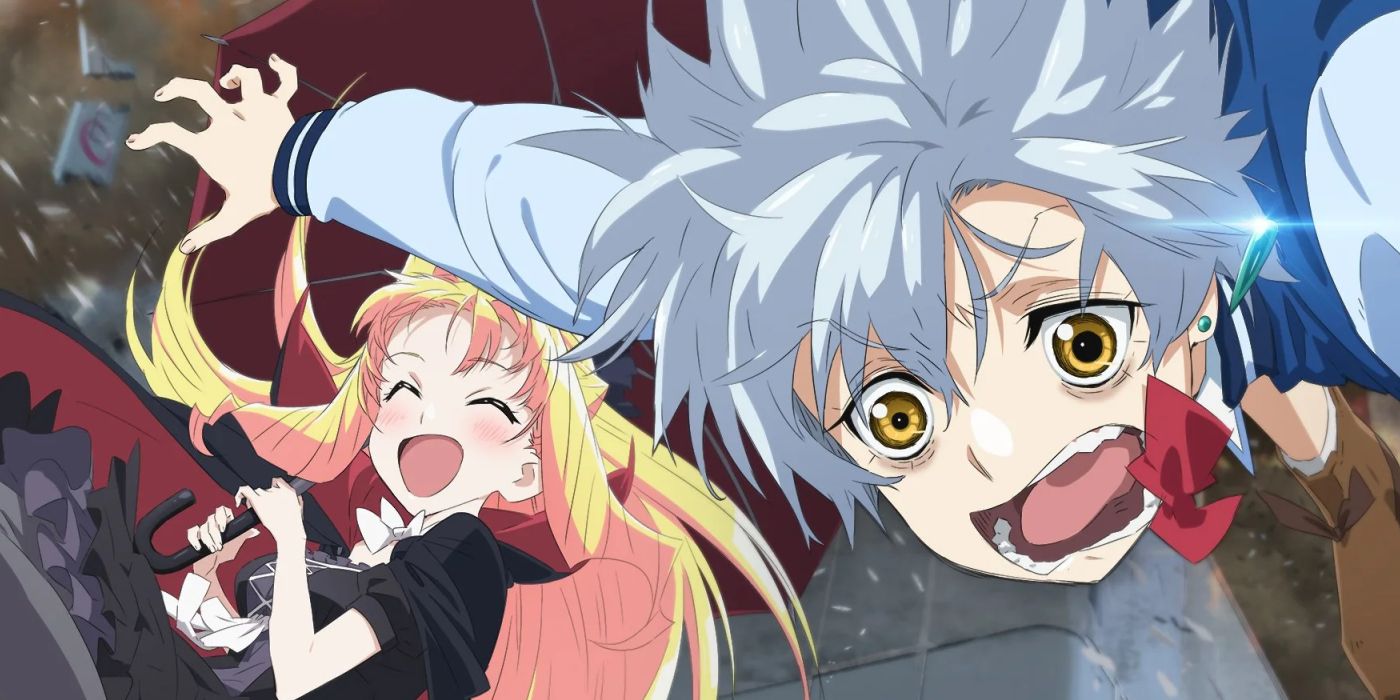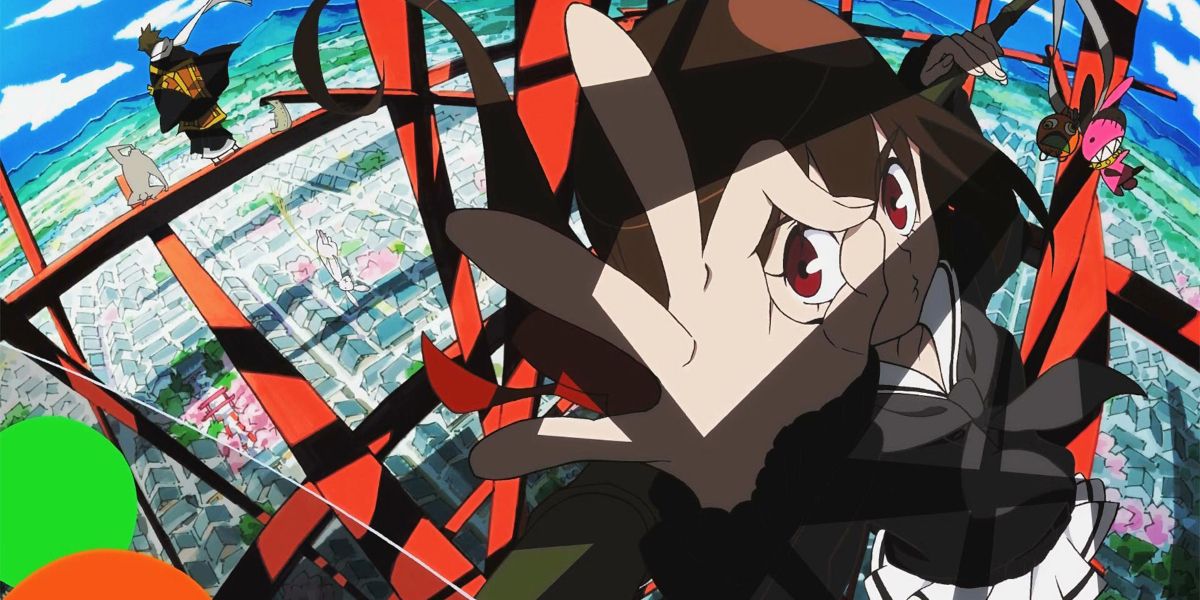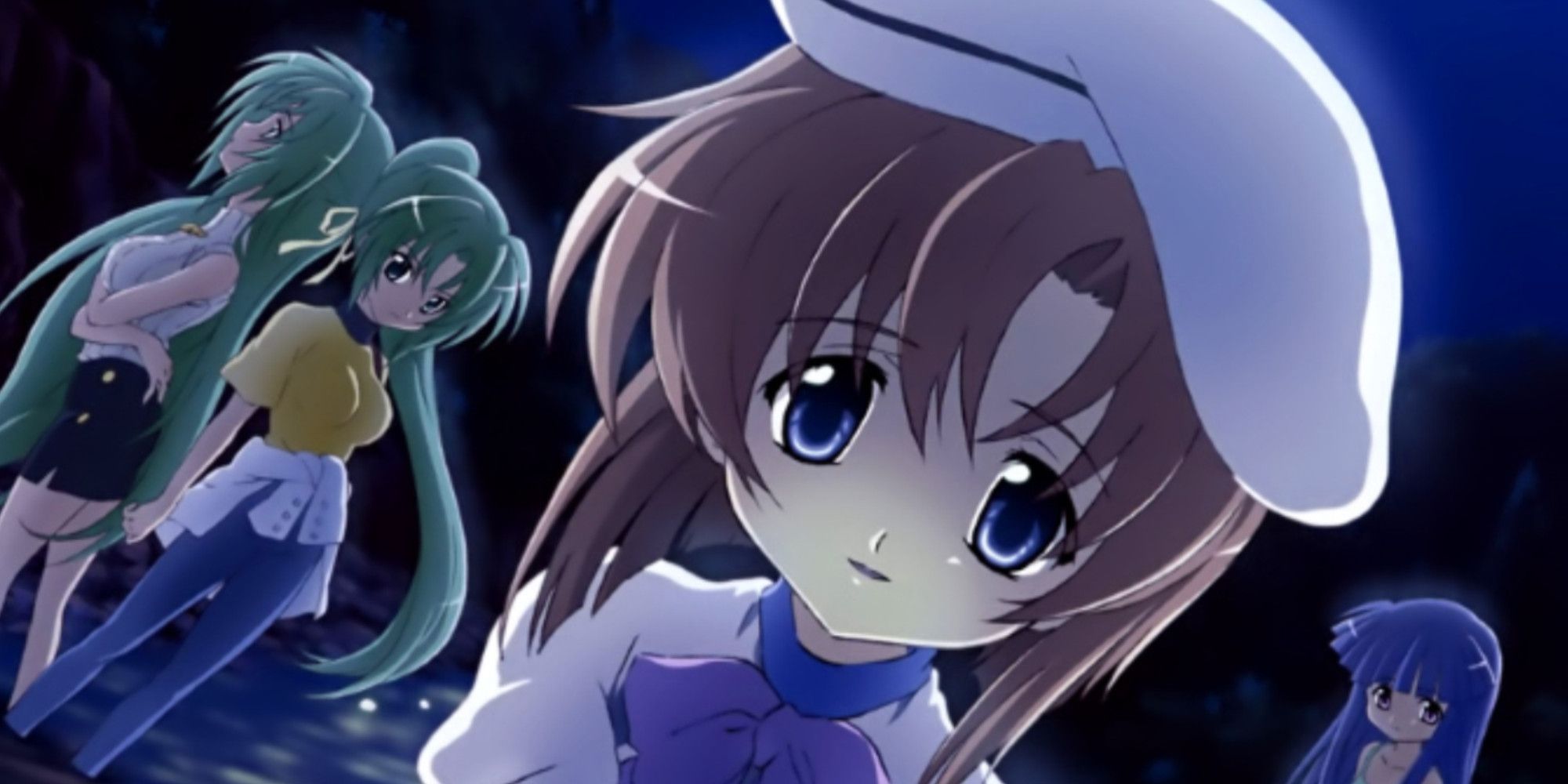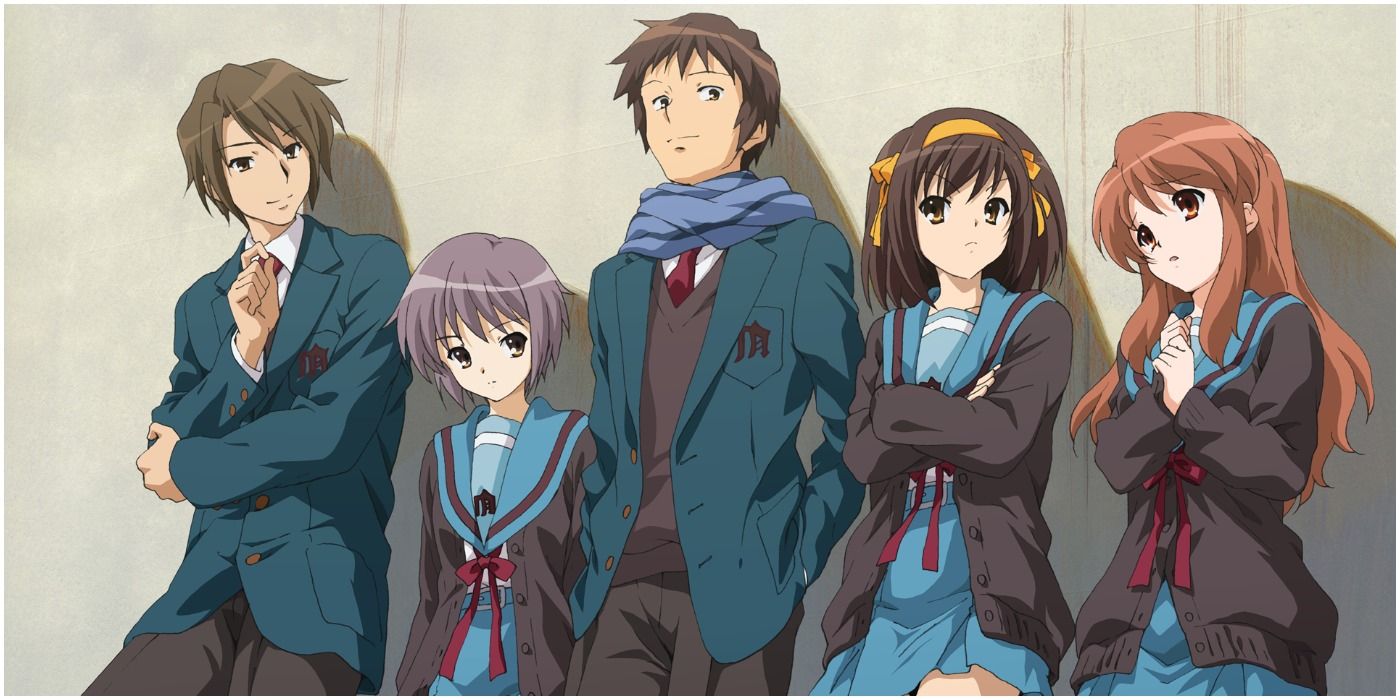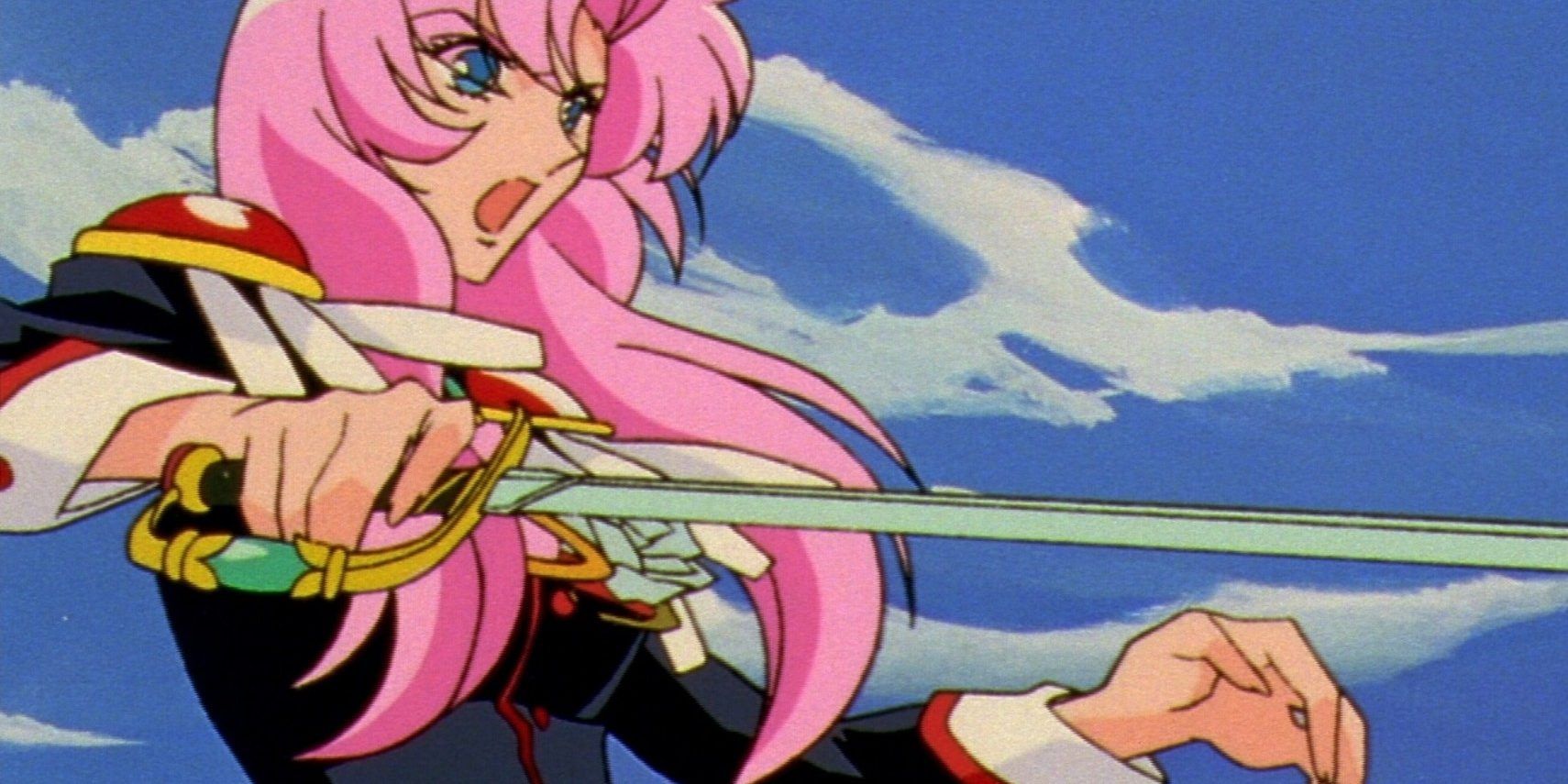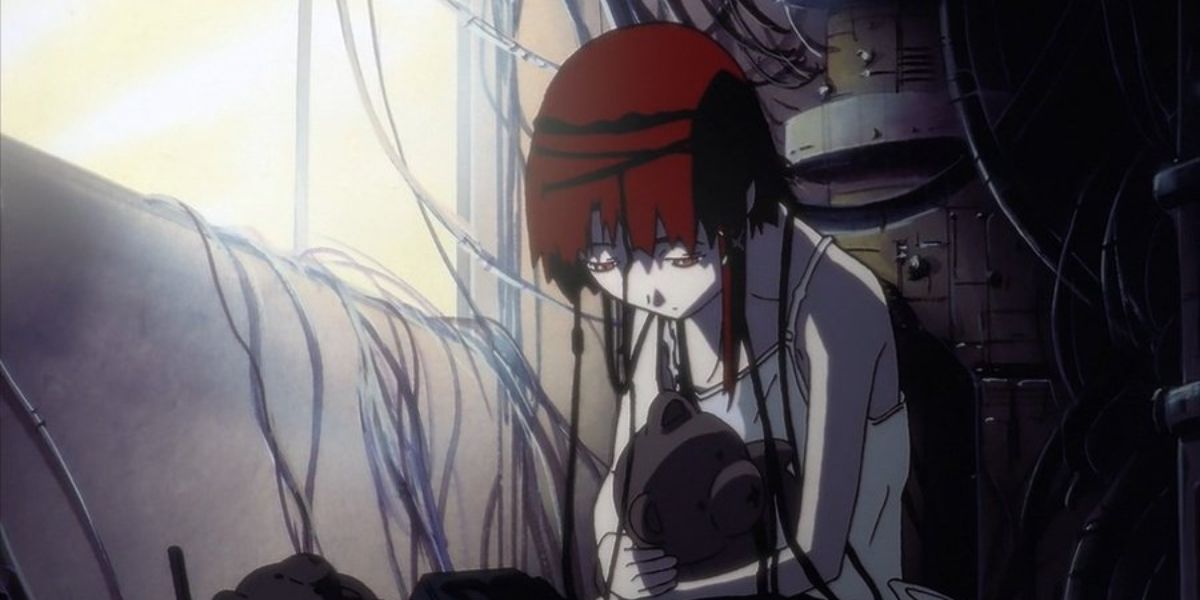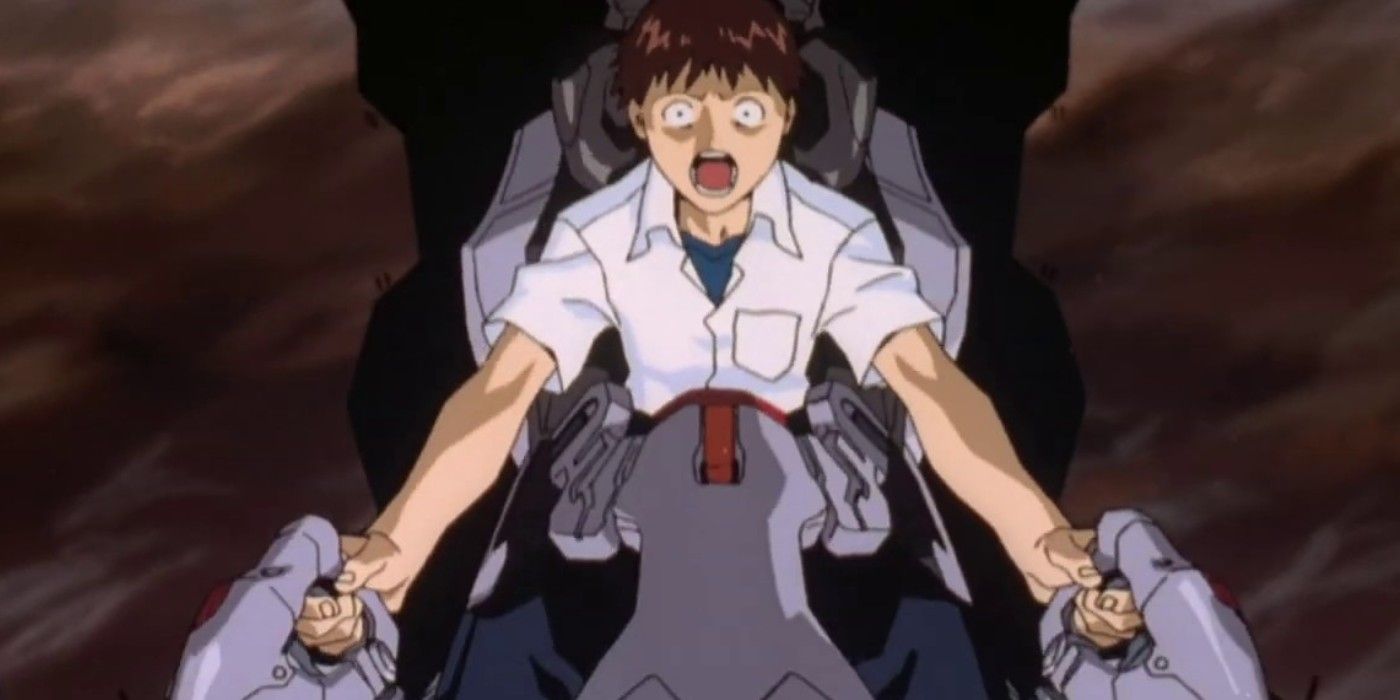Storytelling is a delicate art that requires balancing its plot and themes against the audience's suspension of disbelief. The Nineteenth-century poet Samuel Taylor Coleridge coined this literary term and described it as a writer's ability to infuse a "human interest and semblance of truth" into imaginative narratives. Depending on how well authors manage to infuse their chosen themes into the story, readers may or may not be willing to overlook logical inconsistencies and the potential implausibility of the narrative.
Coleridge was a genius author who went down in literary history, as suspension of disbelief is a literary device that's still used to this day. Anime is no stranger to this literary tool and relies on it for storytelling since anime is fundamentally a medium that relies on fantasy. Some anime are able to keep viewers on track with their plots and themes, but others are too ambitious and fall short of full cohesion on the first watch.
10 FLCL's Short Length Makes Its Plot Unwieldy
While it's undoubtable that FLCL is a masterpiece of an anime, it doesn't make a lot of sense at face value. On the surface, it appears to be a wacky comedy and gag anime about Naota Nandaba struggling with puberty, but there's a lot more going on beneath the surface and much of it is pretty confusing. N.O. portals and the organization Medical Mechanica, for instance, are two plot points that viewers are just expected to accept as reality. FLCL's worth as a series lies in its symbolism and multiple watches are recommended since there's a lot to digest.
9 Mawaru Penguindrum's Plot Is Heavy With Symbolism
When Himari Takakura collapses and dies from a terminal illness while visiting the aquarium with her brothers Shouma and Kanba, she is miraculously resurrected by a penguin hat from the aquarium's gift shop. But it turns out the hat transforms Himari into the Princess of the Crystal, who orders Kanba and Shouma to find the elusive and mysterious Penguindrum in exchange for prolonging Himari's life. Mawaru Penguindrum sounds fantastical enough in this sense, but then the series delves into themes regarding family, society, and friendship, amounting to an anime that's difficult to digest without deep thought and analysis.
8 Space Patrol Luluco Is A Crossover Series So It's Naturally Confusing
Studio Trigger purposefully included several cameos and crossovers to their own media in Space Patrol Luluco. The surface plot is a comedy about Luluco, a 13-year-old girl who lives in Ogikubo, the only Space Immigration Zone on Earth that serves as home to both alien immigrants and humans alike.
She wants to live as an ordinary schoolgirl but is unceremoniously roped into working for the Space Patrol after her father is frozen by alien contraband. Many of her adventures include crossovers with other Trigger media, such as Kill la Kill, Inferno Cop, and Little Witch Academia, and most of those adventures don't make a lot of sense.
7 Vlad Love's Slapstick & Gags Make The Series Nearly Incomprehensible
The very premise of Vlad Love makes it sound like a wild ride: blood donation enthusiast Mitsugi Banba stumbles across the blood-starved vampire Mai Vlad Transylvania and falls in love with her immediately, choosing to take her home and help her survive. Besides the silly slapstick and episodic nature, a lot of Vlad Love's jokes rely on referential humor... some of it rather dated. Not every joke may land, but the variety of jokes is huge. Vlad Love doesn't really seem to have an overarching plot and instead exists as a wacky and occasionally confusing comedy series.
6 Kyousougiga Is Steeped In Japanese History & Symbolism
Just the setting for Kyousougiga is confusing, let alone the plot. Taking place in the eccentric "Mirror Capital" Kyoto, 14-year-old Koto and her familiars, A and Un, look for clues about Koto's original family. Much of this series relies on myth and history surrounding Japan's historic capital, Kyoto, and draws heavily from religious Shinto and Buddhist themes. It's not immediately clear what the conflict in Kyousougiga is outside of Koto looking for her family, and much of the series is reliant on viewers' ability to decipher the allegories underneath its setting and characters.
5 Higurashi No Naku Koro Ni Repeats The Same Events
Anyone diving into Higurashi no Naku Koro ni (Higurashi: When They Cry) should be prepared for mass confusion since the entire first series gives no solutions to its mysteries. Instead, the same mystery occurs across several different scenarios that ultimately lead to the same result: a messy mass murder in a quiet mountain village. It turns out that Rika Furude is repeating the same period of history over and over in an attempt to solve her murder case and escape death. Seeing the same events from so many angles easily throws viewers off.
4 The Melancholy Of Haruhi Suzumiya's Episodes Are Jumbled Up
It takes at least two watches of the Melancholy of Haruhi Suzumiya for the plot to make even a modicum of sense, as the first original airing of the series was purposefully out of order. But even watching the series again in the correct order doesn't help with the confusion since it's not entirely clear how Haruhi is the God of her world.
The characters in the series are aware that they need to appease her, lest she become bored and reset the universe, but this plot is a little too messy for the average viewer to appreciate.
3 Revolutionary Girl Utena Challenges Viewers' Suspension Of Disbelief
Revolutionary Girl Utena follows Utena Tenjou on her personal journey to become a prince instead of a princess after she became inspired by a prince who saved her from drowning in her youth. It's a sweet idea on the surface, but the events of the anime don't make a lot of logical sense. While attending Ohtori Academy, Utena stumbles across the Rose Bride, Anthy Himemiya, and becomes entangled in a game of duels to win Anthy's hand in marriage. The series is long enough to flesh out its symbolic themes of puberty and rebellion, but the actual events of the anime itself are perplexing on a surface watch.
2 Serial Experiments Lain Lacks A Conventionally Linear Storyline
The very nature of Serial Experiments Lain is deeply entwined with philosophical questions about society, culture, and technology, meaning a surface watch of this series won't make a whole lot of sense. Instead, the series is littered with symbolism and hints toward Lain Iwakura's connection to the Wired, a mysterious virtual realm that supposedly supports all human communication and networks. The series poses philosophical questions about human connectivity, loneliness, mental illness, and communication of all types. Watching Serial Experiments Lain and expecting the plot to make sense without deep thought is a mistake.
1 Neon Genesis Evangelion's Themes Are So Thick, They Still Get Analyzed
On the surface, Neon Genesis Evangelion seems like a typical mecha anime: a teenage boy is tasked with the important role of protecting the Earth from monstrosities called Angels by piloting a giant robot. But instead of the typical mechanical handling seen in shows like Gundam, Eva pilots are plunged into LCL, a mysterious liquid that they can somehow breathe in, and they also need to be able to synchronize with the Eva unit itself before it will operate. It turns out a lot of the themes in Evangelion require both analysis and introspection to be fully appreciated. Anything less will result in a lackluster experience and a frustrating final episode.

